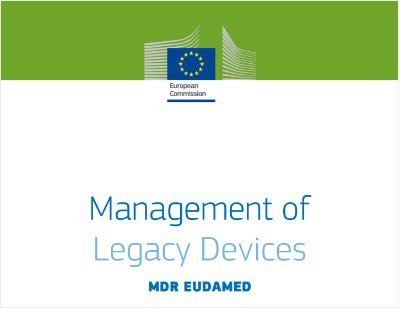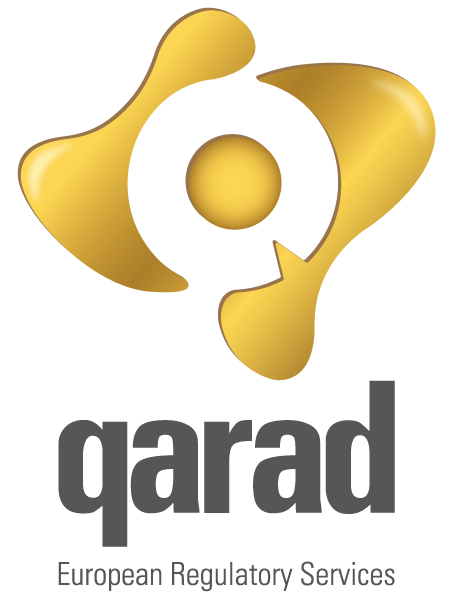On 15 February 2021, the European Commission published a document explaining how and when Legacy Devices will be identified in the new EUDAMED database and the way the different Unique Device Identifiers for the Legacy Devices will be generated/assigned.
Legacy Devices have been defined as Medical Devices, Active Implantable Medical Devices and In Vitro Diagnostic Medical Devices that are covered by a valid certificate issued in accordance with Directive 93/42/EEC, Directive 90/385/EEC or Directive 98/79/EC and that continue to be placed on the market after the date of application of Regulation (EU) 2017/745 (MDR) or Regulation 2017/746 (IVDR).

Class I devices under the directives that are not sterile, and/or with a measuring function, and General IVDs should thus not be considered legacy devices because they do not require a notified body certificate. These devices must be registered only as Regulation Devices in EUDAMED within the 18 months after the date of application of the MDR or IVDR (or 24 months after the date of publication of the notice referred to in MDR Article 34(3) if EUDAMED is not fully functional before the date of application of the MDR, i.e., by 26 May 2024 assuming that EUDAMED will only be fully functional by 26/05/2022).
Manufacturers will have the possibility to register any of their Legacy Devices in EUDAMED. Their registration will become mandatory in case a serious incident occurs or there is a field safety corrective action to apply, which requires registration as soon as possible and at least before a follow up or final vigilance report is submitted.
The guidance explains that Legacy Devices are subject to the MDR or IVDR registration requirements with some exceptions such as the assignment of a Basic UDI-DI and a UDI-DI. Even if the assignment of a Basic UDI-DI and UDI-DI is not required for a Legacy Device, in order to keep the same standard structure and identification elements for all Devices registered in EUDAMED, the following two identification elements will be required:
- EUDAMED DI = the equivalent of the Basic UDI-DI
- EUDAMED ID = the equivalent of a UDI-DI. In case no UDI-DI has been assigned, it will be generated from the EUDAMED DI.
Thus, a Basic UDI-DI will never be applicable and never be assigned to a Legacy Device, only a EUDAMED DI. Conversely, a UDI-DI can be used to identify a Legacy Device in EUDAMED. Moreover, only one device identifier will be assigned to a Legacy Device, either a UDI-DI (where the EUDAMED DI is automatically generated from that UDI-DI) or, if no UDI-DI has been assigned, a EUDAMED DI (where the EUDAMED ID is automatically generated from the EUDAMED DI).
According to the current planning published on the European Commission website, the EUDAMED “Unique Device Identification / Device Registration” module is due to become active on a voluntary basis in September 2021.
What does this mean to you?
If you have legacy devices in your product portfolio carefully read this guidance to understand your device registration responsibilities and to understand how the EUDAMED DI and EUDAMED ID will be generated.
Should you want to discuss this more in depth with one of our consultants, please do not hesitate to get in touch with us.

